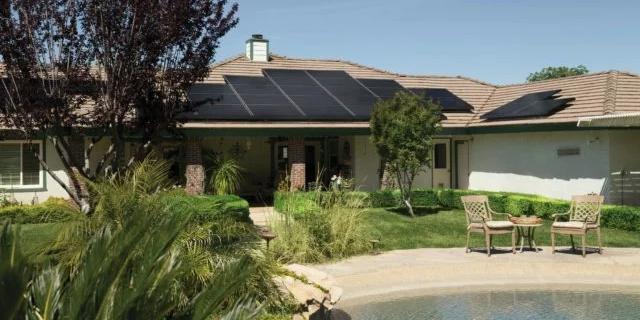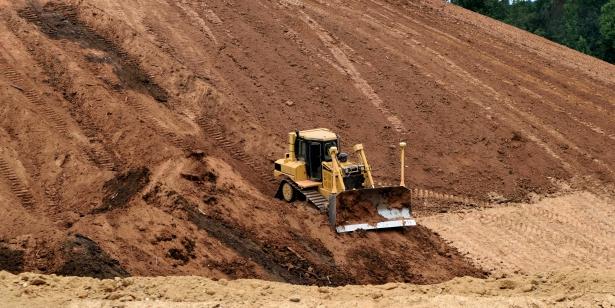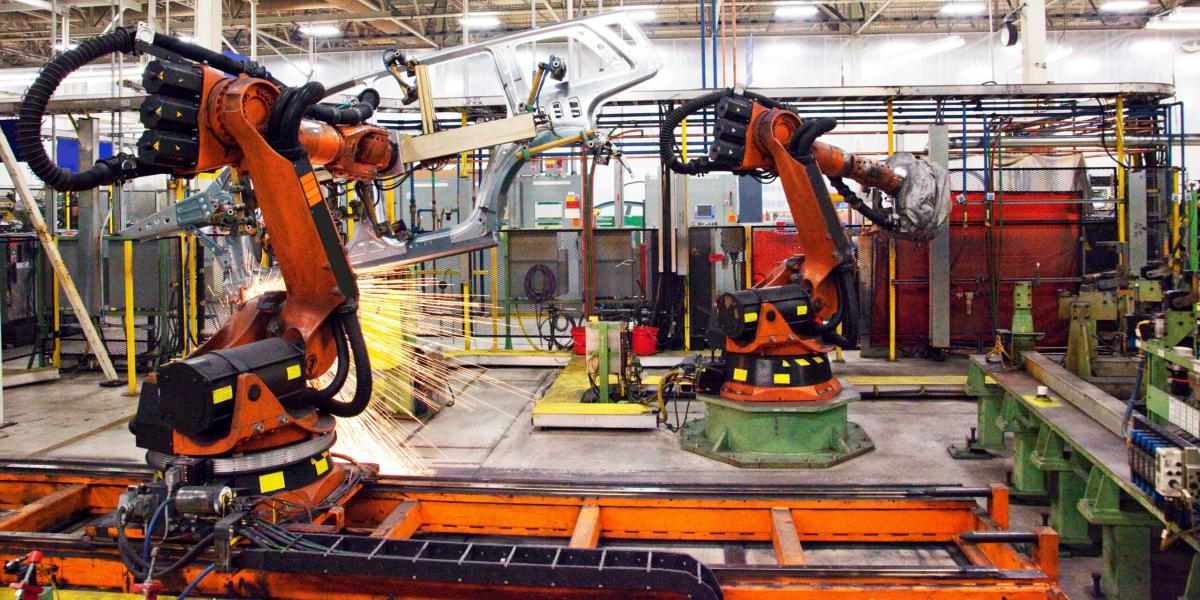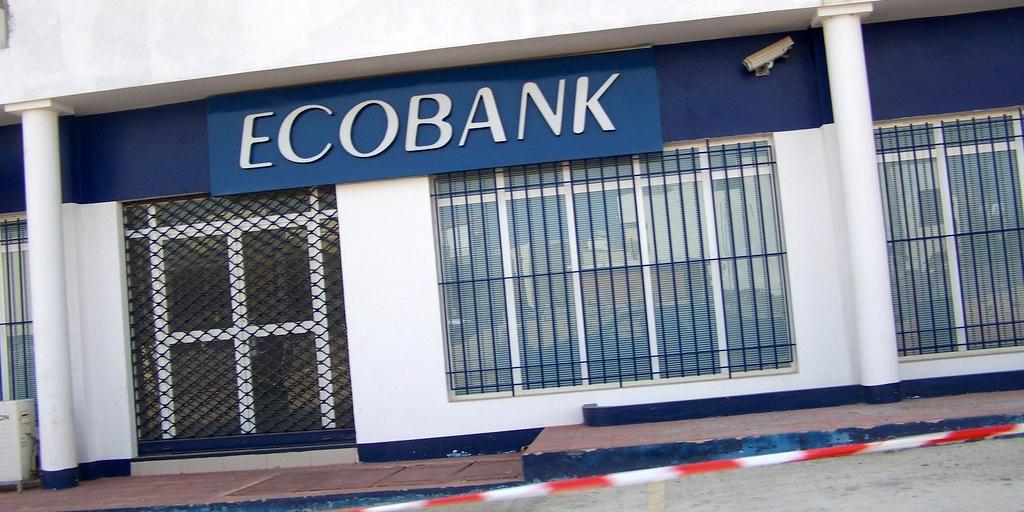South Africa : The rules you need to know about before installing solar power in South Africa
- 28 April 2022 / News / 651 / Fares RAHAHLIA

Elite Risk managing director Tarina Vlok highlights several pitfalls when using solar power that can potentially result in things going wrong during the insurance claims stage.
Elite Risk is a specialist high net worth insurer and subsidiary of Old Mutual Insure. The group noted that wealthy South Africans reduce their reliance on Eskom’s national grid by partially or fully converting their households to solar energy.
Some wish to escape the ever-increasing price hikes, and others want a reliable power supply free from load-shedding interruptions. Many want to do their part for the planet by using cleaner energy.
However, homeowners should ensure their solar installations comply with regulations, so they do not run into issues with their insurers down the line.
“The installation of solar geyser systems differs immensely from that of an electrical system and is subject to strict regulations,” said Vlok.
“We often have to reject claims or are unable to replace geysers because the previous installation did not comply with the regulation.”
Full solar energy installations can be costly — ranging from R80,000 for small grid-tied systems to over R500,000 to take a larger house completely off-grid, according to MyBroadband.
“If you are spending this kind of money on a solar system, then it makes sense to work with qualified technicians and installers who know what they are doing,” said Vlok.
“You don’t want any regrets should you need to ever claim from your insurer.”
Vlok noted that an engineer’s certificate must be issued for 300 litres or more solar geyser installations.
She also encouraged clients to ensure that their solar geyser systems are installed by technicians who are well versed with the regulations and supported by the appropriate engineering professionals.
“Policyholders should make sure that their installer demonstrates that they are familiar with the technical regulations relating to solar installations,” said Vlok.
She summarised them as follows:
- Installers must ensure that the roof structure can support the solar system. (SANS 10106:2014 5.3.1)
- Where it is impossible to comply, a professional engineer or registered technologist must design the installation to incorporate the standard’s safety and performance principles. (SANS 10254 2017 4.1.1.2 and SANS 10106 2014 4.1.7)
- Water heaters or storage tanks with a capacity of 200 litres or more may not be attached to a wall. (SANS 120252–1 2012 8.4.6.5)
- The solar system must be installed so that it does not accelerate the deterioration of the roof. (SANS 10400-L, SANS 10243, and SANS 10252–1)
To avoid catastrophes when it comes to the claims stage, Vlok encouraged policyholders to use their insurer’s network to find accredited technicians and installers who can put the right solutions in place.
“If your electrical geyser bursts and you want to replace it, some specialist insurers will offer you the opportunity to use the claim payment to pay either in part or full for a solar geyser system instead of a new electric geyser,” Vlok said.
source: businesstech
 English
English
 français
français
 العربية
العربية







